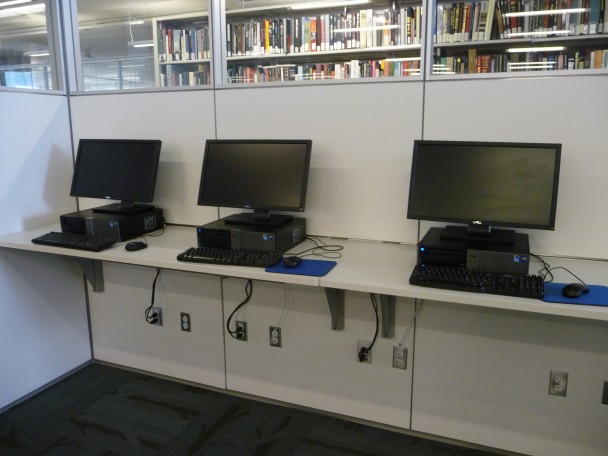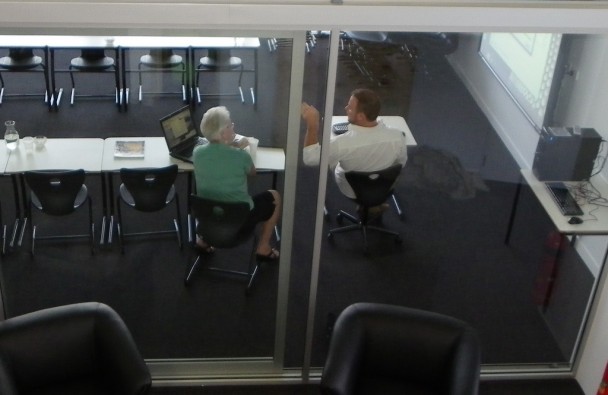Acquiring a completely new set of information is never a breeze for the young and older learners alike. However, this doesn’t prevent us to make it an interesting, thrilling and stimulating activity, and this is precisely what to aim at when devising a studying master plan.
A truly successful self-educating process also demands the special atmosphere of quietness, concentration and ease. The edifices that house learning groups such as schools, libraries, student quarters and others should be built having these prerequisites in mind.
The key factor in accomplishing the study focus and unobstructed learning procedure is the diminishment of noise levels in the current space you have at your disposal. We have thought about it extensively and here are our results.
Checkpoint One – Walls
Many people fail to notice that the largest portion of the exterior noise gets to us via wall constructions, permeating through them on a regular basis. This might come as a surprise to you as walls usually stand for a thick and sturdy barrier that should be able to block the noise, and that’s not really the case. All the cracks, gaps and weak points in the wall will quite plainly attract the noise circulation.
Prevention of this can be obtained by blockage and reparation of all the existing crevices and fractures, or insulation of the whole wall. Instead of hoping that targeted fixes will take care of your problem, tend to the wall in entirety and be at ease. Dealing with this aspect of noise inhibition will considerably boost your learning productivity. Check out the sound-proof panel options to see if it fits in your private area.

Checkpoint Two – Windows
Since their functionality substantially relies on many conditions such as panels, frames and operational age, this aspect could pose as the largest obstacle in sound-proofing process. We normally seek to install as many light apertures as possible so the sunlight can find its way into our room.
The catch is that with all the health benefits of natural illumination comes the annoying sound residue as well. The answer to your problem comes in a rather simple but efficient form, an extra layer for the windows, say at a NZ company specialised in double glazed windows.
The various benefits of this technique certainly speak a lot about their general efficiency, and the sound insulation is intelligently provided by inclusion of additional layers that oust the noise completely. Some of other neat characteristics are also heat regulation and consequently, energy efficiency. Quiet, temperature appropriate and green, what more can you wish for.
Checkpoint Three – Flooring
The issue of schools, for example, is the constant commotion on the floors above and below. The noise that originates in the adjoining classrooms is travelling through ceiling and floors equally. As we cannot control the behaviour of people in neighbouring rooms, the solo sound-proofing project can be carried out to banish this pesky learning hindrance.
If you have the opportunity, consider installing soft floors that dampen the aggressive sounds coming from above and below your quarters and ensure some peace of mind and sense of privacy. A quick fix can also be achieved with full size carpet and vinyl flooring that also produce a comfy feeling.

Final Checkpoint: Interior Sources
Lastly, we’d like to draw attention to a sorely neglected source of noise – the interior clamour. This is referred to the effects produced inside of your isolated study. Let’s imagine a group of people situated in one spot at the same time – they must produce some noise and the levels can rise unexpectedly. Still, the utilisation of specialised absorbent elements can quash it for good and minimise the buzz.
My experience shows that whenever I studied in a peaceful and undisturbed environment, the information stuck with me more easily. Secure your noise-free space and exploit one of our suggestions.






